Chris Parkin explores and explains the options and potential applications for interchangeable barrels; including their benefits and caveats
I’m often asked if interchangeable barrels are a great feature. Although they do have some benefits, they are not always a magic bullet. Changing the barrel (and therefore the chambering) often completely changes the environment and application the rifle is suitable for. Would you want a lightweight .223 foxing rifle to swap to a .30-06 for your annual trip for a stag? Familiarity of control is great, but weight and stock handling need consideration. Theoretically, a Blaser R8 could span from a .22 rimfire all the way up to a big game cartridge for use on the African plains, but is that helpful?
Considering most rifles commonly feature a barrel screwed into the receiver, perhaps the Accuracy International AT shows the simplest barrel change with a simple locking clamp – you just release the barrel (which is then simply unscrewed from the action) and swapped.
This has benefits for a service rifle, as it requires no armourers’ tools and can be done in a few minutes with just re-zeroing required if the cartridge is changed (1). On a large rifle with masses of thread bearing surface and little chance of cross-threading, you pretty much just need to ‘swing on it’ for tension. This design is beautifully simple and from personal experience, reliable and doesn’t require any tools that can be easily lost, but it’s important to differentiate between an action in which the bolt lugs bear pressure within the action’s abutments (like the AI) or lock into those within the barrel itself.
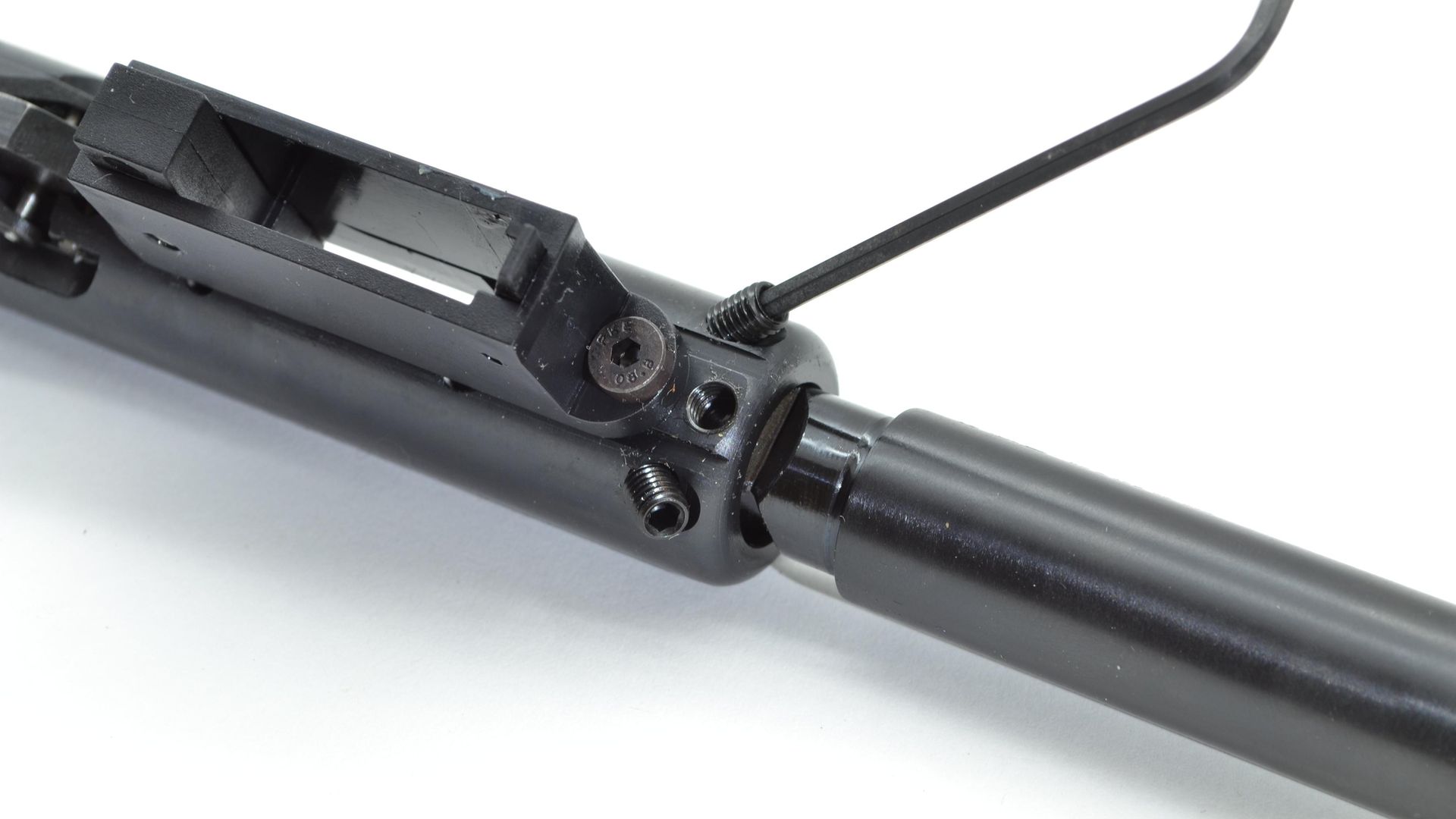 credit: Chris Parkin
credit: Chris Parkin
Moving to more complex mechanisms, the CZ455/7 variants use a simple parallel tenon with a shoulder to control the headspace on the cartridge. Two impinging Allen screws on tapers lock the barrel rearward in indexed rotation on rimfires with comparatively low chamber pressure.
If anything was to fail, it would be the barrel pushing out forwards as the bolt restrains pressure with a single lug locked into an abutment in the rear of the receiver. This system requires the rifle to be removed from the stock to make any changes and although it’s never far away, it usually needs the odd click or two to re-zero. This makes for a great rifle with familiar handling that’s transferrable between .22 rimfire and .17 HMR for similar hunting scenarios (2). Sako launched the ‘Quad system’ prior to the 455, with four cartridge options.
Although the action can remain in the stock during changeover, using an underside anchoring bolt, it may need its scope removed to allow the barrel to lift upwards as it is drawn out forwards (3).
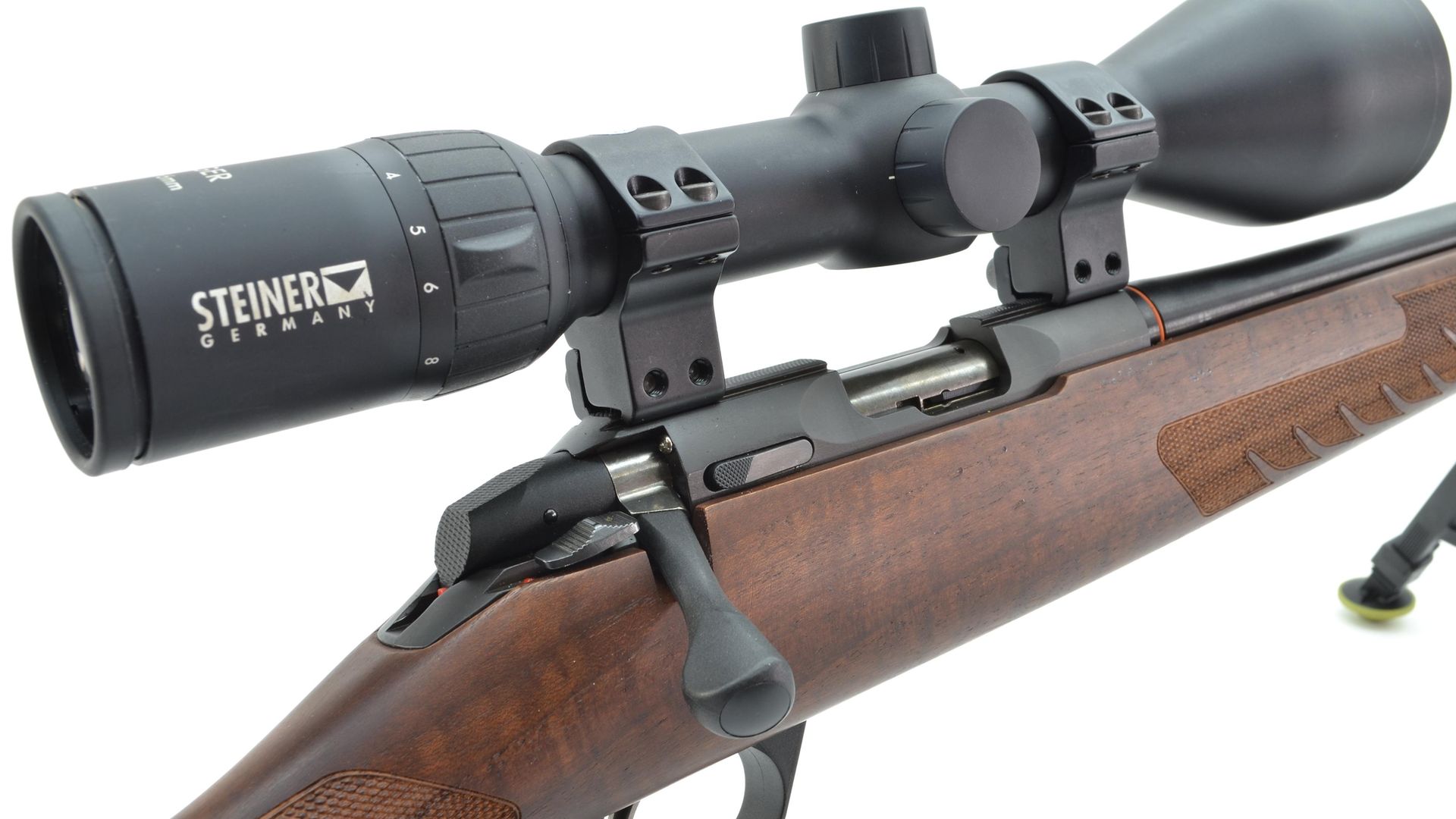 credit: Chris Parkin
credit: Chris Parkin
Moving back to centrefires, we enter the world of locking mechanisms with bolt lugs anchoring directly to abutments within the barrel, which do need reliable support, but don’t actually require any action to restrain firing pressures from the cartridge within.
Starting simple, the Sauer 404 has a central receiver with removable forend that exposes the barrel tenon’s clamps. A tool is supplied (part of the sling swivels) to slacken this clamp, releasing the barrel, which is otherwise restrained by the lugs. Retention of zero is pretty good and combines with the action’s proprietary scope mounting system for changing optics with similar speed, making it suitable for quick changes from a deer stalking set-up to driven boar, for example (4).
![[Trev please add a number overlay on this pic]](/resource/image/8223740/landscape_ratio16x9/1920/1080/f0eaaee41e3ec0909d09aacf3a27de9a/Bc/interchangeable-barrels-4-.jpg) credit: Chris Parkin
credit: Chris Parkin
From similar bloodlines, the Blaser R8 uses a totally different method, with a chassis-type arrangement, carrying individual components like the bolt’s actuation rails and barrel retained with twin studs. Although this requires an Allen key, it is, in my experience, the fastest system for changing barrels while retaining a consistent return to zero. The scope mounting system is perhaps the most consistent quick-release method on the market in my experience! Again, the bolt locks into the barrel on what is a very different rifle in many respects (5).
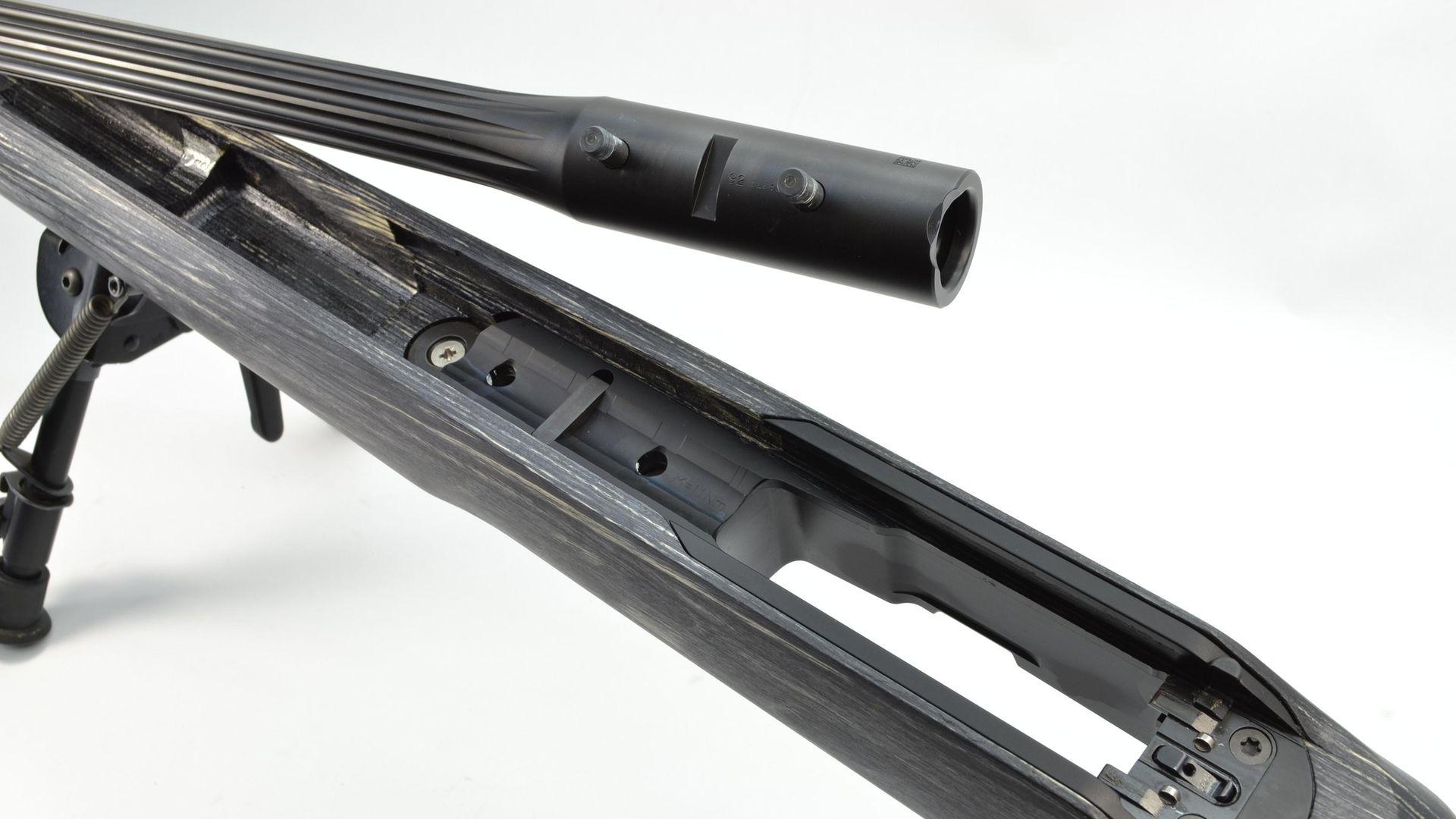 credit: Chris Parkin
credit: Chris Parkin
Once you divert into the world of barrel removal, it’s important not to get totally preoccupied by changing cartridges. Consider the portability and storage benefits of a rifle broken down into attaché case dimensions, far more discreet on a train, an airport or the passenger seat of your Lamborghini. For travelling hunters, reduced size and a more inconspicuous method of transport is a very desirable feature.
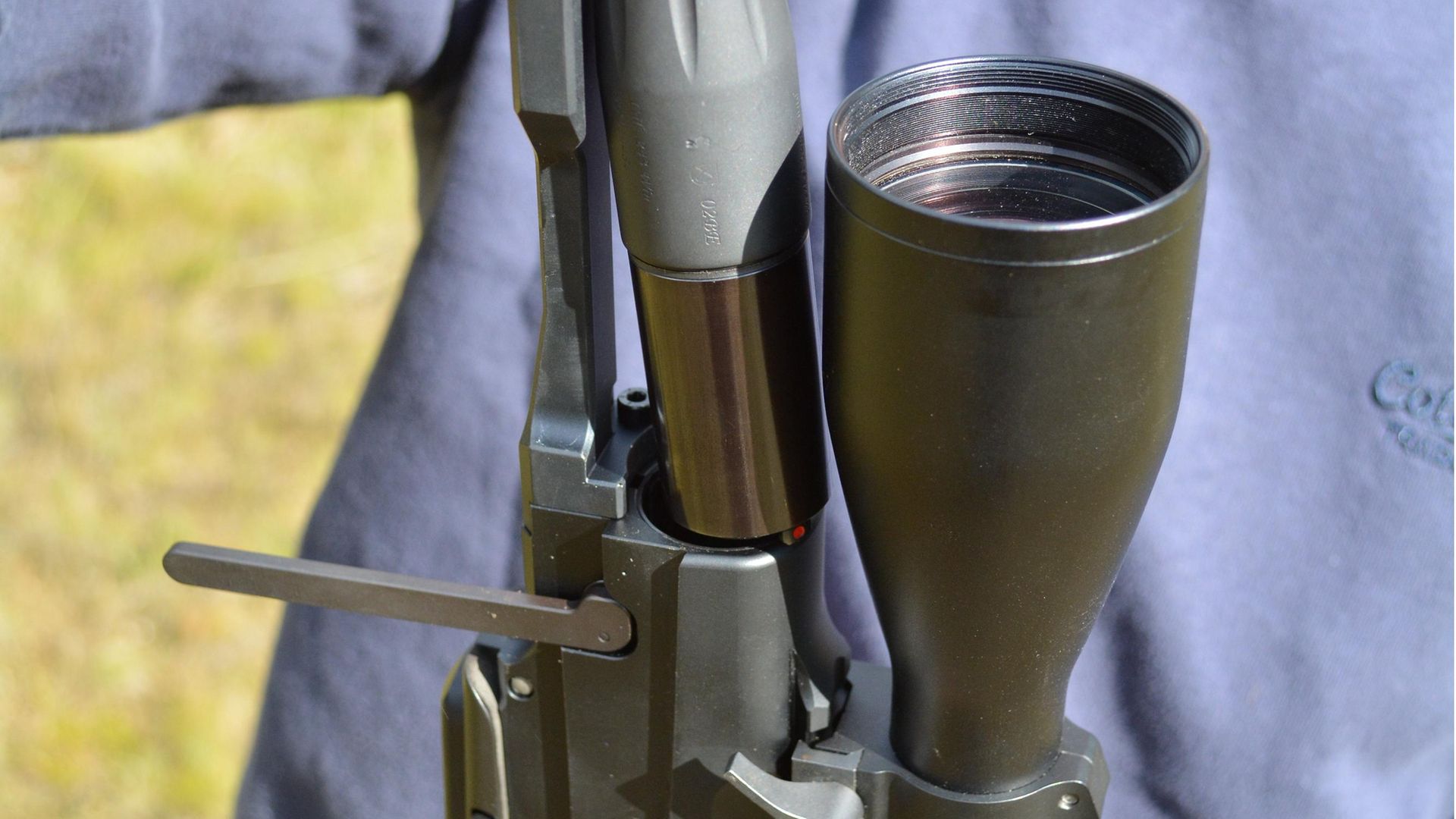 credit: Chris Parkin
credit: Chris Parkin
Something like the Merkel Helix (6) strips without any tools for fast break down, and let’s not forget it will also accept alternate bolt faces (7), allowing for significant cartridge changes. Modern manufacturing precision and interchangeable modular design allows these rifles to offer this added level of functionality without the need for expensive gunsmithing.
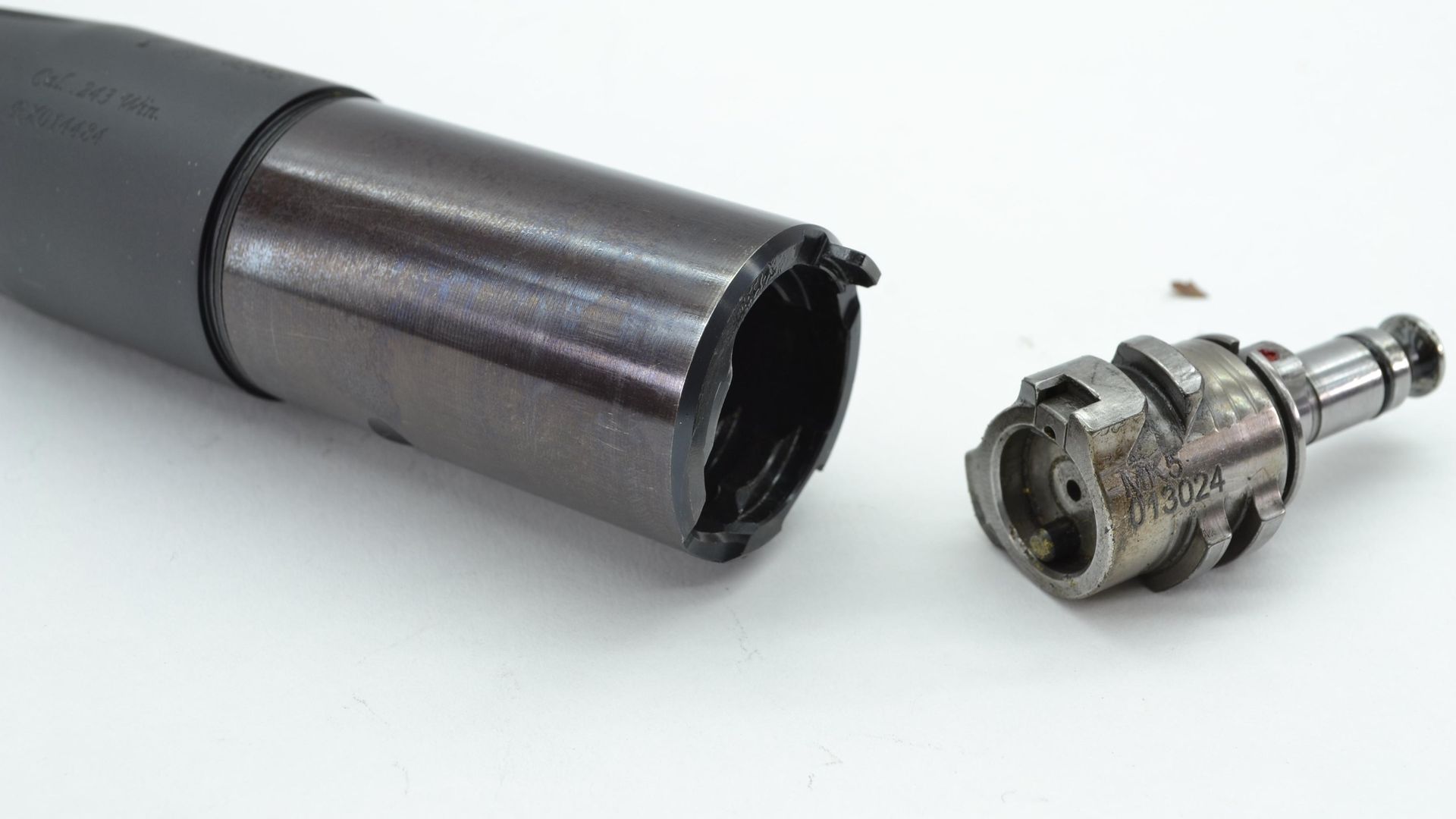 credit: Chris Parkin
credit: Chris Parkin
For even greater variety, look at the possibility of hydraulic tenon lockup on something like the Strasser (8), an extremely unusual design concept, exercised to perfection for that unique ownership experience, having something nobody else uses!
Finally, to return full circle, how about a folding rifle, three-part assembly like your over/under shotgun that could swap from smooth-bore to rifle with additional handmade barrels. Not common but certainly not impossible, and perhaps the finest handling tool of them all, especially in a single-shot lightweight format!
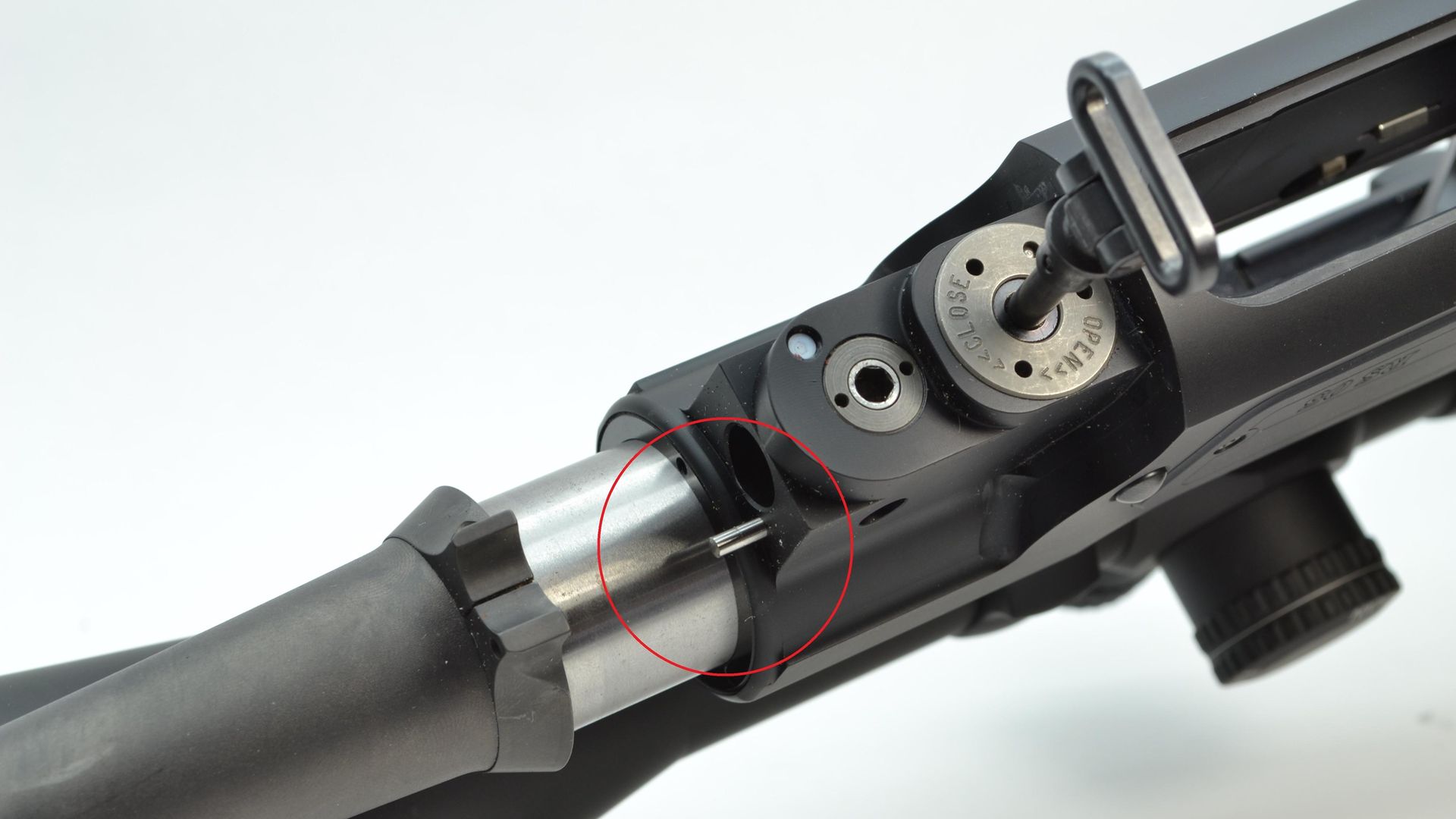 credit: Chris Parkin
credit: Chris Parkin
There are many ways to skin a cat and make rifles into takedown or multi-calibre offerings, but it all still comes back to keeping it simple and that great phrase, ‘fear the man with one gun, he probably knows how to use it’. Every rifle in any collection shows handling character to suit its particular hunting requirements, not just the size, speed and energy of the bullet projected.
So, we go back to the AI’s switch capability, stemming from the simple need to replace a worn barrel in a war zone, all the way to the Blaser, probably the most all-encompassing multi-calibre concept of all (9).
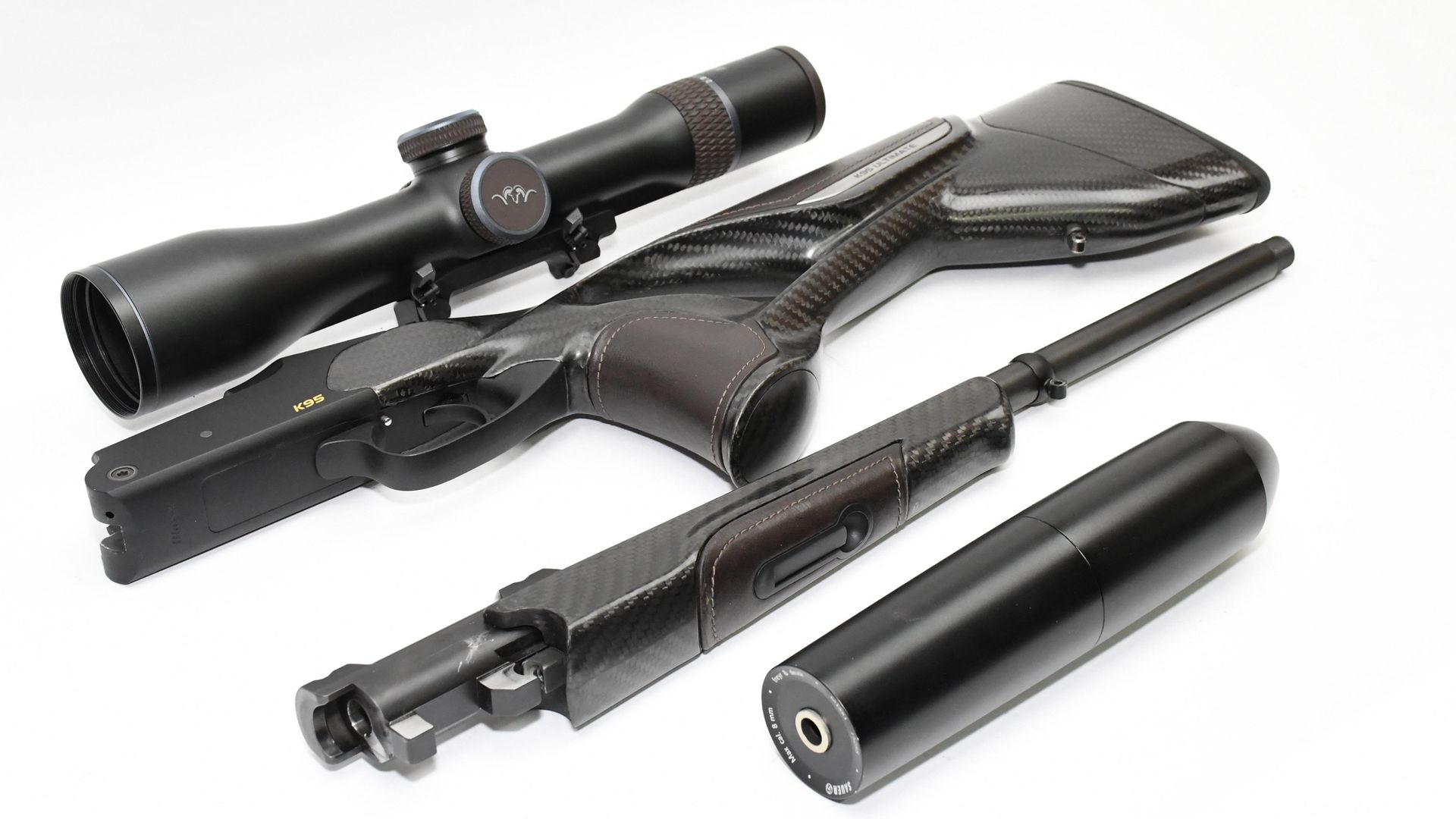 credit: Chris Parkin
credit: Chris Parkin